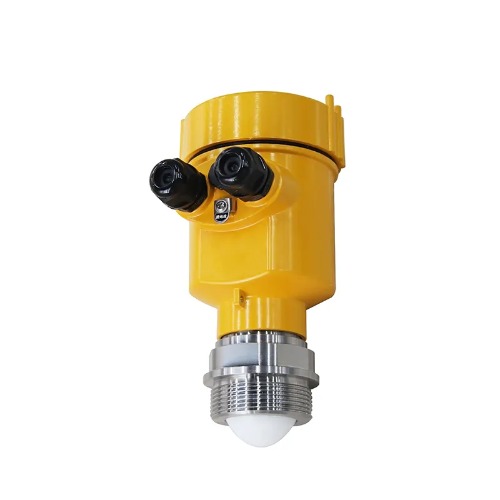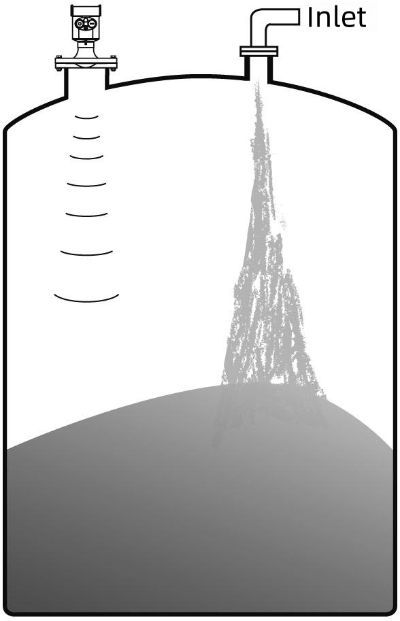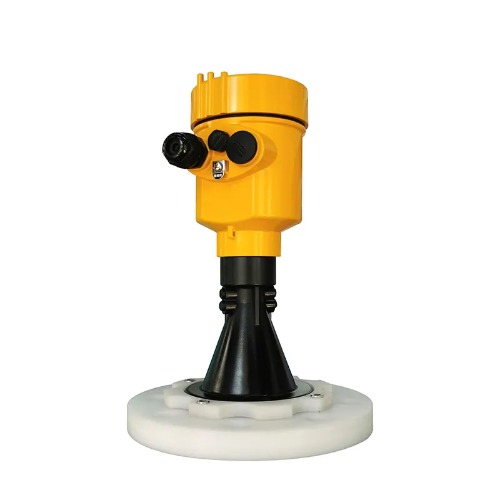BETTER TOUCH BETTER BUSINESS
Contact Sales at KAIDI.
In the process level measurement, the main use of two technologies, one is pulse wave technology, the other is Zhuanzhuan continuous wave technology. Commonly explained, the use of pulse wave technology is low-frequency, high-frequency radar level meter, the use of FM continuous wave technology is FM radar level meter, they have their own characteristics in the application. Then someone asked the question, in the measurement accuracy of the two technologies have a difference?
There is no fundamental difference between pulse wave and FM continuous wave change technology in measurement accuracy, in the field of process level measurement, the measurement accuracy is generally around 0.1%FS, in this accuracy range, both are very easy to achieve, the specific instrument can achieve the accuracy depends on the antenna design, the quality of components, echo processing software and application cases. For example, level measurement instruments in large petroleum product storage tanks requires very high measurement accuracy, and commonly used level gauges require an absolute accuracy of ±1mm. in order to achieve high accuracy, a large parabolic antenna or a flat plate antenna is required to build signals with better focusing performance. At the same time, it must include powerful computer processing capabilities and temperature and pressure compensation to achieve high accuracy.

In terms of measurement resolution and bandwidth, in process level measurement applications, both pulsed wave and FM continuous wave technologies operate with an "envelope", the width of which is dependent on the bandwidth of the guided microwave level transmitters, with wider results leading to narrower envelopes, which improves the measurement resolution. Measurement resolution is one of several factors that affect the accuracy of a microwave level meter. Pulsed Microwave Level Meter Bandwidth Pulsed microwave level meters have carrier frequencies ranging from 5.8 GHZ to 26 GHZ, and the width of the pulse is important when resolving two adjacent echoes. As an example, a nanosecond pulse is equivalent to a length of 300mm. Therefore, it is difficult to distinguish between two neighbouring echoes that are less than 300mm apart, and narrower pulse widths result in better measurement resolution. However, narrower pulses require the instrument to have a wider bandwidth for processing. High frequency pulses with shorter pulse widths result in higher measurement resolution and steeper envelope fronts and therefore higher accuracy.

The bandwidth of an FM continuous level indicator is the difference between the start and end frequencies of the scan. Unlike the pulsed wave method, the amplitude of the FM continuous wave is constant over the entire frequency range. The wider bandwidth produces a higher beat frequency for each response in the spectrum, which results in better measurement splitting and shorter pulse durations between pulses, and each spectral response is treated as an envelope in an FM continuous wave measurement application. In FM continuous wave applications, the FFT does not produce a single, discrete beat frequency for each tank echo, but rather produces a range of beat frequencies corresponding to the echo, which translates into a range of measurement uncertainties. Distance FM Continuous Wave Spectrum - Other Effects of Bandwidth and Measurement Split Rates on Accuracy Previously Explained:Both FM continuous wave and microwave level gauges in pulses use envelope curves for their measurements, and wider bandwidths result in better measurement resolution. As a result, narrower echoes have steeper rising edges, allowing for more accurate measurements. Other factors that affect measurement accuracy are signal-to-noise ratio and interference. The signal-to-noise ratio leads to higher measurement accuracy when interference effects can cause distortion of the true response curve and lead to inaccurate measurements. Antenna selection and mechanical arrangement are important factors in ensuring optimum accuracy.

In summary, both pulse wave radar level meter or FM radar level meter, measurement accuracy does not have any difference, both are very precise instruments. In general, the quality of the instrument, according to the working conditions to make the correct selection is the most important factors affecting the accuracy of measurement.
We are here to help you! If you close the chatbox, you will automatically receive a response from us via email. Please be sure to leave your contact details so that we can better assist